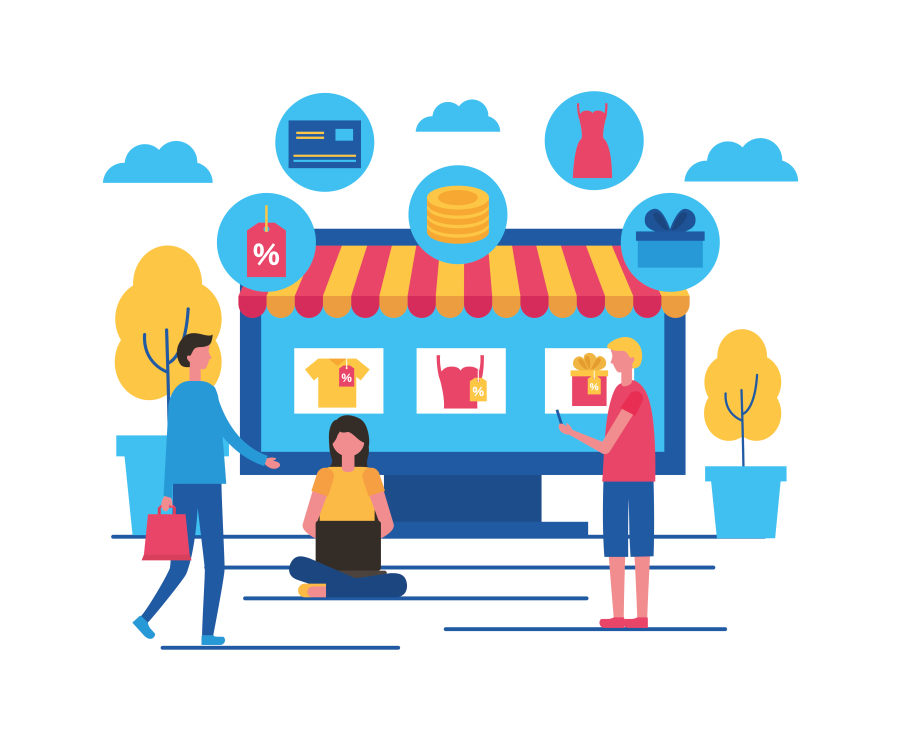Freelance Interior Design: Creating Mood Boards That Win Clients
In the competitive world of freelance interior design, first impressions matter more than ever. Clients are not just looking for creative talent but also for professionals who can clearly communicate their vision and ideas. One of the most effective ways to do this is by creating compelling mood boards. A well-structured mood board allows freelance interior designers to showcase concepts, colors, textures, and themes in a visually engaging way. It helps bridge the gap between the designer’s imagination and the client’s expectations. On freelancerbridge, we understand that mastering mood boards can be the key to winning clients and securing long-term freelance opportunities in the interior design industry.
Long Description
1. The Role of Mood Boards in Freelance Interior Design
Mood boards are powerful tools for freelancers who want to present ideas clearly. They help translate abstract thoughts into concrete visual references, making it easier for clients to understand design directions. As a freelance interior designer, mood boards serve as your creative portfolio in miniature, offering a snapshot of how you approach projects and what clients can expect when working with you.
2. Why Mood Boards Win Clients
Clarity in Communication: Clients may not understand technical design terms, but they can easily relate to images, textures, and color palettes.
Professional Presentation: Mood boards demonstrate professionalism and commitment to the client’s vision.
Confidence Building: A polished mood board reassures clients that you are capable of transforming concepts into reality.
Emotional Connection: Visual storytelling evokes emotions, making your proposal more persuasive.
3. Key Elements of an Effective Mood Board
When creating mood boards as a freelancer, ensure they include:
Color Palettes: Highlight tones that set the mood of the project.
Textures and Materials: Show fabrics, wallpapers, wood finishes, and metals to represent tactile qualities.
Furniture and Layout Ideas: Offer a sense of how spaces will be styled.
Inspirational Images: Incorporate lifestyle visuals that align with the client’s taste.
Typography and Branding: For corporate or brand-oriented projects, include fonts and logos that reflect identity.
4. Digital vs. Physical Mood Boards
Freelancers today can choose between digital tools and physical boards:
Digital Mood Boards: Created using software like Canva, Adobe InDesign, or Pinterest boards. They’re easy to share with remote clients.
Physical Mood Boards: Built with fabric swatches, magazine cut-outs, or printed photos. These can be impactful in face-to-face meetings.
For freelance interior designers, digital mood boards are often the best option since they can be easily updated and sent to multiple clients at once.
5. Step-by-Step Guide to Creating Mood Boards That Impress Clients
Understand the Client Brief – Ask questions about lifestyle, preferences, and inspirations.
Gather Inspiration – Collect images, textures, and references from multiple sources.
Select a Color Scheme – Choose a palette that aligns with the desired ambiance.
Choose a Layout Style – Decide whether to present a grid, collage, or free-flow format.
Curate with Purpose – Ensure every element ties back to the overall theme.
Add Descriptive Notes – Label items to explain choices and add context.
Polish Presentation – Maintain a clean, professional layout that matches your personal brand.
6. Best Practices for Freelance Interior Designers
Always tailor mood boards to the client’s preferences rather than reusing generic templates.
Keep boards concise—too many visuals can overwhelm rather than clarify.
Showcase at least two design directions so clients feel involved in decision-making.
Use mood boards as an evolving document that can adapt with client feedback.
7. Tools to Create Professional Mood Boards
Freelancers can leverage software to save time and impress clients:
Canva – Simple drag-and-drop design with templates.
Adobe Photoshop/InDesign – Professional tools for detailed, high-quality boards.
Milanote – A collaborative platform perfect for freelancers working remotely.
Pinterest – Great for collecting inspiration and sharing ideas quickly.
8. How Mood Boards Build Freelance Success
Showcase Your Style: Clients get a clear sense of your creative personality.
Streamline Communication: Prevents misunderstandings and revisions.
Enhance Client Satisfaction: A clear vision reduces uncertainty and builds trust.
Increase Referrals: Happy clients often recommend freelancers who deliver clarity and creativity.
9. Common Mistakes to Avoid
Using low-quality images that appear unprofessional.
Overloading the mood board with unnecessary elements.
Ignoring the client’s input and imposing your own preferences.
Failing to explain choices, leaving clients confused.
10. Future of Mood Boards in Freelance Interior Design
As design technology advances, freelance interior designers can use 3D visualization, augmented reality, and AI-powered tools to take mood boards to the next level. These innovations will make presentations more interactive, allowing clients to “walk through” designs virtually before committing.
Conclusion
For freelance interior designers, mood boards are more than just creative collages—they are strategic tools that can win clients and establish a reputation for professionalism. By using mood boards effectively, freelancers can present ideas with clarity, evoke emotions, and secure projects that align with their creative strengths. On freelancerbridge, our goal is to guide freelancers in building strong client relationships, and mastering the art of mood boards is a proven step toward success.


 by Emily
by Emily




